Hansons-Brooks
Hansons-Brooks
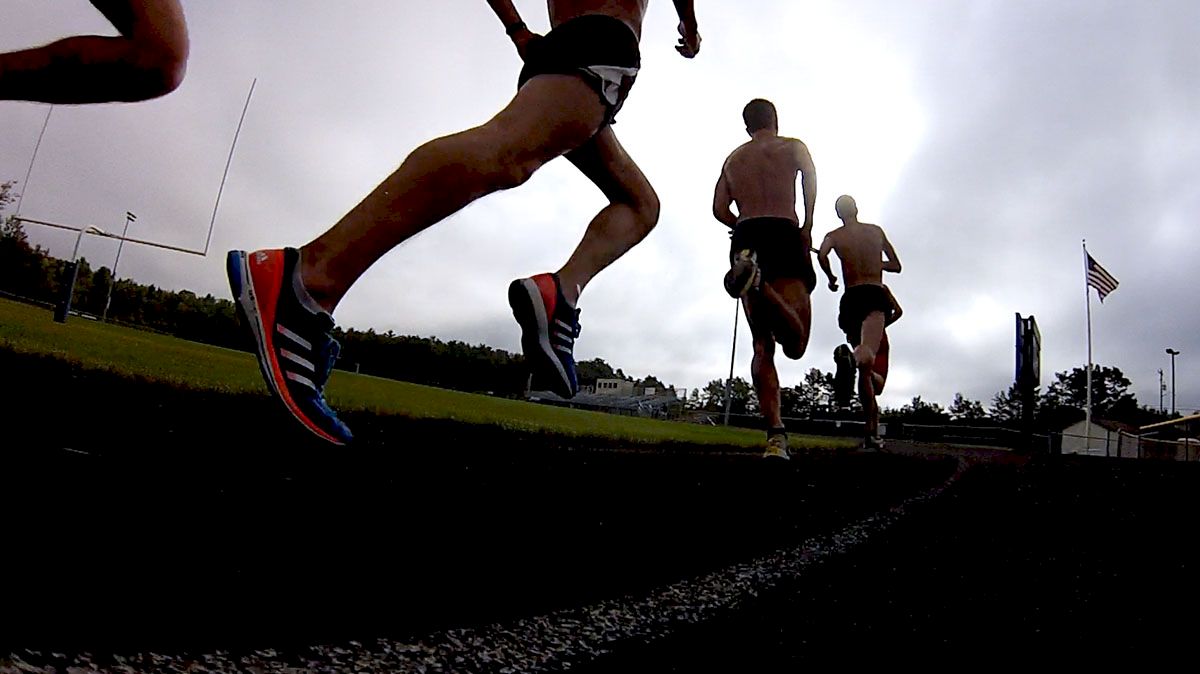
“What am I going to do now?†For a good number of college juniors and seniors, this is a question that presses down heavier with each passing week. They picture the giant escalator to nowhere, to reference an old Simpsons episode, and hope at the top they’re not going to drop off hundreds of feet into unemployment. Fortunately for the average college grad, there is a wooly mammoth of a workforce out there beyond college, and there are countless jobs that need to be filled. Even with entry-level status, there’s careerbuilder, there’s Monster.com, and there’s your dad’s buddies.
But what about the college junior or senior who is also the college distance runner? You can’t major in running. You can’t make a good 5K road race your thesis. And there aren’t running companies that send representatives to career fairs.
So after college, that’s it, right? What if you want to keep running but haven’t gone under 13:40 for the 5K? Box up your running shoes and get a Blackberry? Maybe ten years ago. But these days there is hope for the runner who is willing to put in the work to compete beyond college: training programs such as the Hansons-Brooks Distance Project. At Hansons-Brooks, runners are provided with lodging, given the option to work at one of the four Hansons Running Shop locations, and afforded the opportunity to run for a living.
In 1999, Kevin and Keith Hanson owned three running stores in the Detroit area. After eight years of successful business, the Hansons decided to take on a new venture. “The stores had been good to us and basically it was an attempt to give back to the sport,†said Kevin Hanson, who shares store management and coaching duties with his brother, Keith. “We thought Americans weren’t competitive enough on the world scene and we wanted to change that.†Thus the brothers began investing $250,000 a year in a program that would hopefully open new doors for distance runners. The program was founded on four basic principles:
* Create an opportunity for successful college athletes to continue training.
* Provide an environment where training can be the focus (instead of finances).
* Develop a center where athletes can train as a team.
* Incorporate the runners in the community to create interest in the sport.
In the beginning, all of the contacting was done on the Hanson side. Kevin looks back on those early days of the project and remembers runners skeptical of such a sweet deal. “We had to do the contacting because we had to sell the athletes on the fact that this is something worth doing,†said Hanson, of the project’s long term philosophy. “We weren’t just in it for a year; we were in it for the long haul.†Since then, the Hansons get interest in the form of emails, phone calls, and coaches’ referrals. Interest in the program began coming in on the women’s side as well, and in 2003, the women’s program was launched.
Until that same year, the Hansons funded the project themselves. They had received offers from shoe companies: wear our name and use our gear, but no company was willing to invest what the Hansons were putting into the pot. Then Brooks came along and was willing to match dollars with the Hansons, and Hansons-Brooks was born. In the past year, Saturn has also come on as a sponsor. “We now have medical people for all the little things,†said Hanson, about the massage, chiropractic, and blood work services available to runners. “Some of those things we couldn’t have afforded without the addition of our sponsors.â€Â
So now with sponsors, medical services, and three houses to lodge the Hansons runners, the Distance Project is picking up speed in its eighth year, and getting down to business. And that business is high mileage running. “If someone is a pure speed guy, it usually isn’t a good fit here,†said Hanson. The Hansons runners tend to focus on 10K to marathon training, and may range in mileage anywhere from 100 to 160 miles per week. “The biggest misconception is that everyone is doing the same thing here,†said Hanson. In this post-collegiate arena, the coaches are able to focus on long term results, and what is best for each individual runner. There’s no regional meet where everyone has to run, even if the fifth man is banged up. There’s no athletic director demanding a conference championship.
So without an academic season, the coaches have more freedom to look down the road and consider the ultimate goal, which for these athletes is the Olympics. And that is something important to the coaches: a runner who is looking ahead. “We want athletes that are interested in taking their running to another level, and not athletes who are just trying to continue their running for the next couple years,†said Hanson. And no one is going to do the running for you at Hansons-Brooks. Kevin and Keith, along with assistant Don Jackson, consider themselves “enablers.†“We’re going to create the environment, but nobody’s going to hold your hand,†said Kevin. “It comes down to the athlete, whether he has it in himself.â€Â
So you’re going to run your butt off at Hansons-Brooks. That’s kind of a given. But what’s it like to live there? What’s this third dimension—not college but not 40-hour week—training center world like? “It’s like college except you don’t go to class.†That’s how 29-year-old marathoner Trent Briney describes it. Briney, at the end of his sixth year with Hansons-Brooks, finished 19th at the 2006 Boston Marathon, and has run 2:12.34 for the event. According to Briney, along with a quick 10K or marathon time, to make it at Hansons, you really have to have an affinity for either Sportscenter or music videos…or at least be able to tolerate the two. Flavor ice and hot cocoa are big following runs, depending on the season, of course. There’s a good amount of stretching, obviously, and some expert commentary on who’s running what and where and under what conditions, even though that’s pretty cliché subject matter for a house full of runners. You get the idea. They are men and women who eat, breathe, sleep, and live running.
But all of this togetherness is kind of the meat and potatoes of Hansons-Brooks. “The number one benefit is training partners every morning, guaranteed,†said Briney. These guys aren’t going out to work up a sweat for thirty minutes. They’re going out for twenty mile runs. They’re doing 5x1 mile at 4:40 in the middle of a 120 mile week. Having others to train with is almost a necessity. “By making it mandatory to be there in the morning, it keeps us from collapsing,†said Briney. “You just do what you gotta do to be there. And it gets you in a rhythm.â€Â
New York native and marathoner Melissa White has been with Hansons since the beginning of the women’s program four years ago. She shares this sentiment that having teammates to train with is crucial, and also keeps you accountable. “Cold mornings are tough but with teammates one door down, it helps you stay with it.†White is a sub-2:40 marathoner and set a personal best of 1:13.42 in the Rock ‘n’ Roll Half Marathon in San Jose last Sunday. “It’s really nice when you like your roommates,†said White. “I’m the only one who’s been here from the beginning, and I definitely think right now is the best team we’ve had, competitively and as far as team bonding.â€Â
Along with the team atmosphere, White credits the men’s program as a key reason she decided to make the move to Rochester Hills. “Looking at Brian, even if you’re not one of the fastest coming out of college, if you put in the work, you can still be one of the fastest in the U.S.†She is speaking of Brian Sell, a Hansons-Brooks runner since 2001 and Beijing hopeful. Sell has run 2:10.47 for the marathon, and was 13th at the Olympic Trials in 2004. He also took the USATF 25K title this year. Along with other Hansons men, Sell hopes to make top three at the 2008 Olympic Trials on November 3rd in New York.
Brian has his own home and no longer works at the Hanson stores, but still looks at the team training setup as an essential aspect of his running. And he knows firsthand what a program like this can do for a recent college grad trying to make it in the pro world. “The best thing about Hansons-Brooks is that they give guys that don’t have the opportunity to sign a contract out of college the chance to really train if they really want to,†said Sell. “So they give you the opportunity to see how far you can take it.†Sell is proof that training centers like this can work if you want it bad enough, and if you are willing to give some things up. “You still have to be ready to make a sacrifice because these guys could enter the work world and make 40 to 60 thousand a year, and that’s certainly not the case here,†said Sell. “But you can still get far. It boils down to how much you want to invest.â€Â
High mileage, dedication, sacrifice, flavor ice. The Hansons-Brooks Distance Project is something to consider for the talented college distance runner curious about the next step, and unconcerned with buying a Blackberry.
Check out Hansons-Running.com for more information. You can learn about the runners, access training programs, and also find out about team discounts from Hansons Running.
Related Content
 Replay: Prague Marathon | May 5 @ 7 AM
Replay: Prague Marathon | May 5 @ 7 AMMay 5, 2024
 Replay: AIA Outdoor Prelims | Divs I/IV/V | May 4 @ 4 PM
Replay: AIA Outdoor Prelims | Divs I/IV/V | May 4 @ 4 PMMay 5, 2024
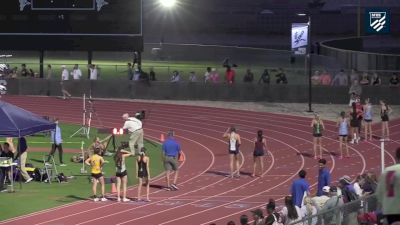 Replay: AIA Outdoor Prelims | Divs II/III | May 4 @ 4 PM
Replay: AIA Outdoor Prelims | Divs II/III | May 4 @ 4 PMMay 5, 2024
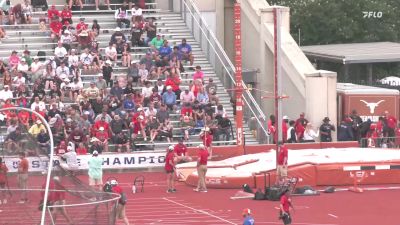 Replay: 2024 UIL Track & Field State Championships - 2024 UIL State Championships | May 4 @ 9 AM
Replay: 2024 UIL Track & Field State Championships - 2024 UIL State Championships | May 4 @ 9 AMMay 5, 2024
 Replay: MHSAA Outdoor Champs | 5A/6A/7A | May 4 @ 8 PM
Replay: MHSAA Outdoor Champs | 5A/6A/7A | May 4 @ 8 PMMay 5, 2024
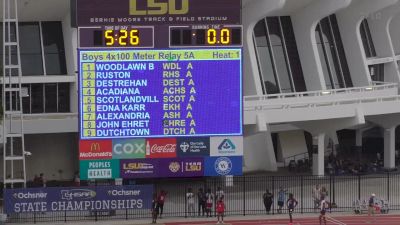 Replay: LHSAA Outdoor Champs | May 4 @ 3 PM
Replay: LHSAA Outdoor Champs | May 4 @ 3 PMMay 5, 2024
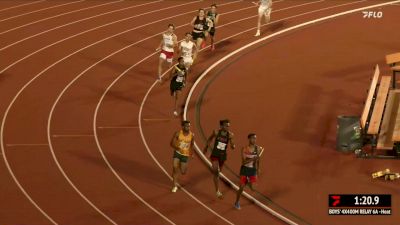 High School Boys' 4x400m Relay 6A, Finals 1
High School Boys' 4x400m Relay 6A, Finals 1May 5, 2024
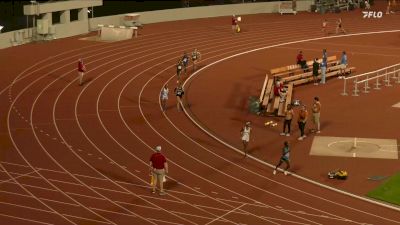 High School Girls' 4x400m Relay 6A, Finals 1
High School Girls' 4x400m Relay 6A, Finals 1May 5, 2024
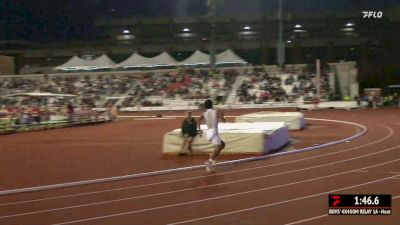 High School Boys' 4x400m Relay 1A, Finals 1
High School Boys' 4x400m Relay 1A, Finals 1May 5, 2024